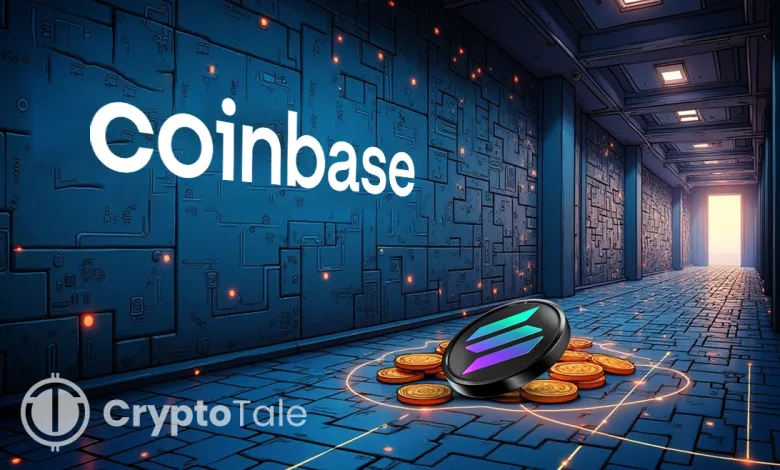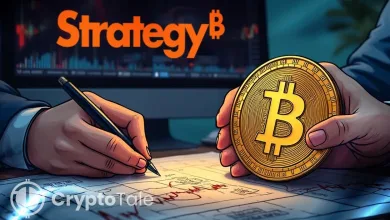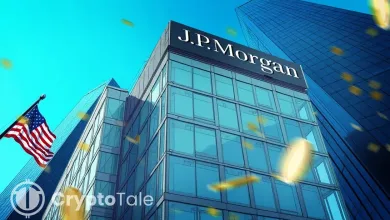Coinbase Plans Solana Futures Amid Rising Market Demand

- Coinbase files with CFTC to launch Solana futures, targeting a February 18 start.
- Each contract represents 100 SOL, valued at $25,000, with strict risk controls in place.
- Solana’s volatility drives institutional interest, with a 30-day rate of 3.9%.
Coinbase is preparing to launch Solana futures as part of its plan to expand derivatives offerings. The exchange confirmed filing with the U.S. Commodity Futures Trading Commission (CFTC) to list cash-settled Solana futures contracts. The proposed contracts will trade on the Coinbase Derivatives Exchange. The expected launch date is February 18, but it remains tentative.
The contracts will represent 100 SOL tokens that currently have a market valuation of $25,000. Through Coinbase, retail and institutional investors can access Solana price movements via contract-based investments without direct ownership. The recent crypto derivatives launch matches the market demand while setting Coinbase for competition against CME Group which offers Bitcoin and Ethereum futures.
Coinbase submitted a self-certification to the CFTC which provided details about Solana futures product design. It will be a USD-settled index consisting of minimum tick sizes at $0.01 per Solana while each contract requires a minimum tick value of $1. The trading schedule of Solana contracts differs from other futures products by instituting limits on trading time.
Solana’s volatility has contributed to Coinbase’s decision. The token’s 30-day volatility rate stands at 3.9%, compared to Bitcoin’s 2.3% and Ethereum’s 3.1%. This makes Solana an attractive option for derivatives trading, allowing investors to manage risk and speculate on price movements.
To prevent market manipulation, Coinbase has implemented a settlement mechanism that collects data over a one-hour window. It will use 20 three-minute intervals to determine the final price. The exchange has also introduced risk controls, including a 10% hourly price fluctuation limit and exposure limits. Clearing services will be managed by Nodal Clear.
Coinbase’s move follows a growing institutional interest in crypto derivatives. CME Group reported a record average daily trading volume of 116,000 contracts in 2024, marking a 203% year-over-year increase. By introducing Solana futures, Coinbase aims to capture part of this expanding market.
The benchmark rate for settlement prices will be provided by Frankfurt-based MarketVector Indexes GmbH, which is supervised by Germany’s financial regulator, BaFin. Coinbase removed its Solana futures announcement from its website but stated it continues working with the CFTC to finalize the product. If approved, the launch will mark another step in Coinbase’s derivatives expansion.




